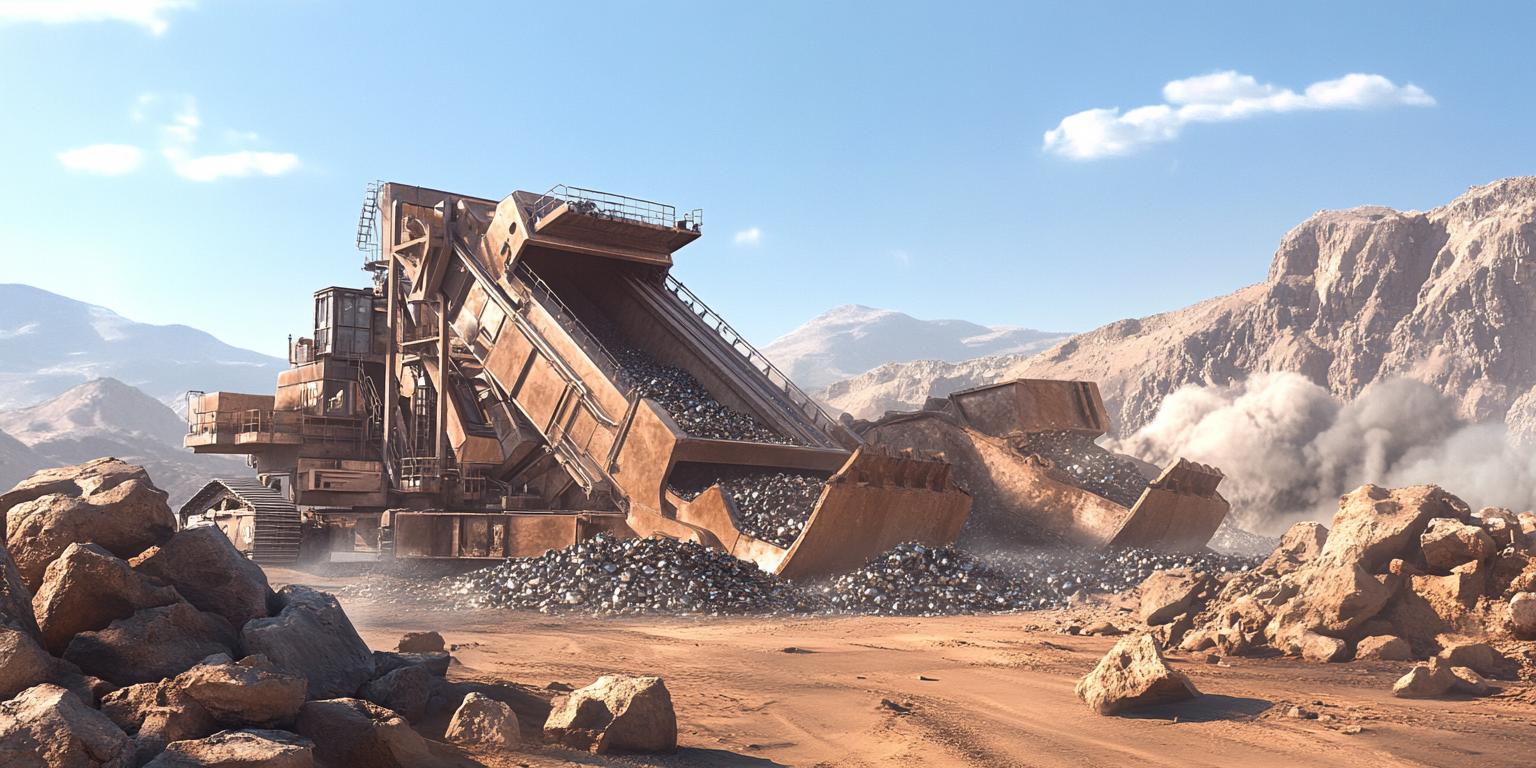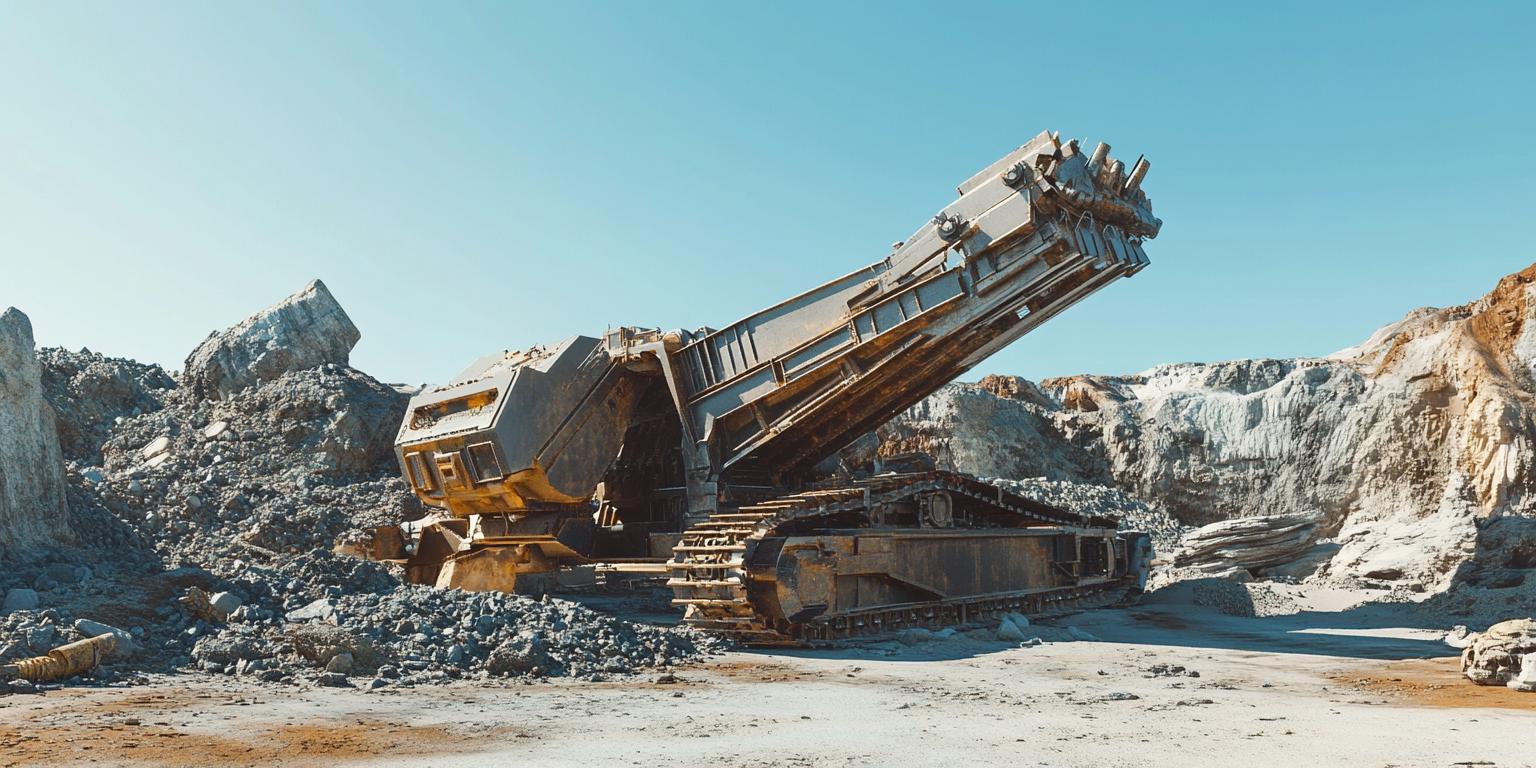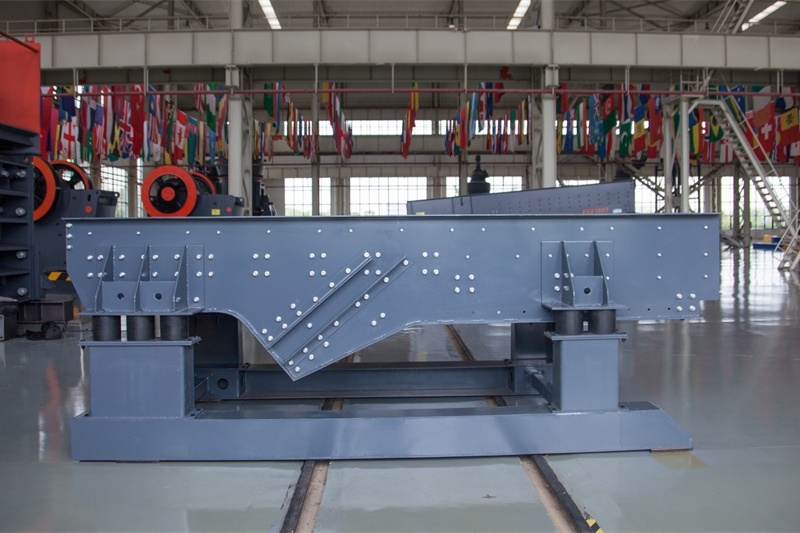
In the global mining industry, the selection of efficient and energy - saving crushing equipment is crucial for enhancing productivity and reducing costs. This article delves into the matching model of ore particle size composition and crushing chamber design, aiming to provide practical guidance for mining professionals and equipment purchasers.
Different types of ores, such as limestone, granite, and basalt, have distinct physical properties that significantly affect crushing efficiency. For example, limestone is relatively soft with a Mohs hardness of around 3, while granite has a hardness of 6 - 7, and basalt is even harder. High - hardness ores require more energy and appropriate crushing chamber designs to achieve efficient fragmentation. Additionally, the moisture content of ores can also impact the crushing process. Ores with high moisture content are more likely to cause clogging in the crushing chamber.

Based on the physical properties of ores, including hardness and moisture content, a theoretical model for matching ore particle size composition and crushing chamber design has been established. This model can scientifically evaluate the difficulty of crushing tasks. By analyzing the particle size distribution of ores, mining professionals can determine the appropriate crushing chamber type and key parameters of the crusher. For instance, for ores with a wide particle size range, a more flexible crushing chamber design is required.
The CI5X heavy - duty rotor high - efficiency impact crusher is a popular choice in the mining industry. Its key configuration parameters, such as chamber design, sieve plate gap, and feeding method, need to be carefully matched with different crushing stages (coarse crushing, medium crushing, and fine crushing). In the coarse - crushing stage, a larger chamber volume and wider sieve plate gap are usually preferred to handle large - sized ores. In the fine - crushing stage, a smaller sieve plate gap and more precise chamber design can ensure the desired particle size of the crushed products.

Real - world case studies are provided to illustrate the practical application of the above theories and strategies. In a limestone mining project, by properly configuring the CI5X impact crusher according to the ore's physical properties and particle size composition, the crushing efficiency increased by 30%, and the energy consumption decreased by 20%. These case studies help users better understand the equipment debugging skills and reasonable configuration schemes.
During the operation of the crusher, common problems such as over - crushing, clogging, and uneven discharge may occur. This article provides detailed troubleshooting methods. For example, if over - crushing is detected, adjusting the sieve plate gap or the feeding speed can effectively solve the problem. By addressing these issues promptly, the overall stability and efficiency of the equipment can be improved.

To enhance user engagement, this article adopts a series of content release plans, including video explanations and interactive Q&A sessions. Users can click on the video links provided in the article to watch detailed operation demonstrations and theoretical explanations. They can also participate in the Q&A sessions to get their questions answered by experts. These interactive elements not only improve user stickiness but also enhance the knowledge absorption effect.
The CI5X impact crusher offers significant advantages in terms of high efficiency, energy - saving, and adaptability to complex working conditions. If you are interested in learning more about how this crusher can optimize your mining operations, click here to explore further.